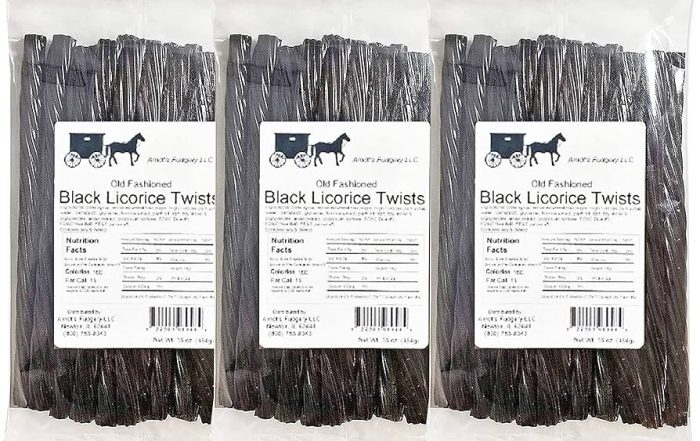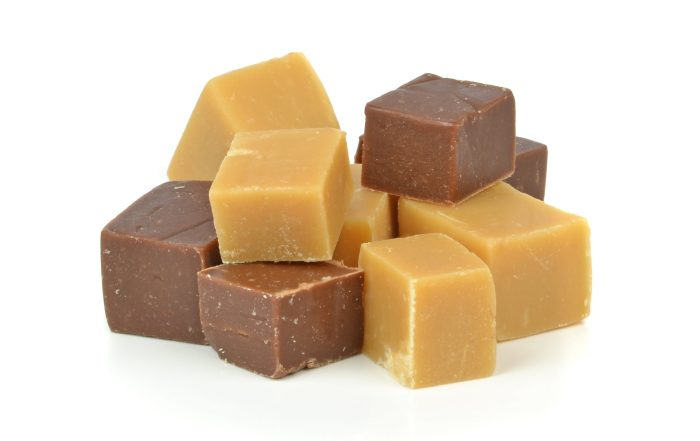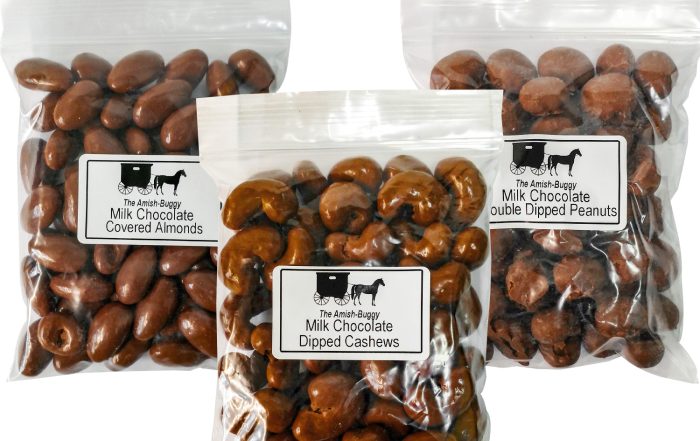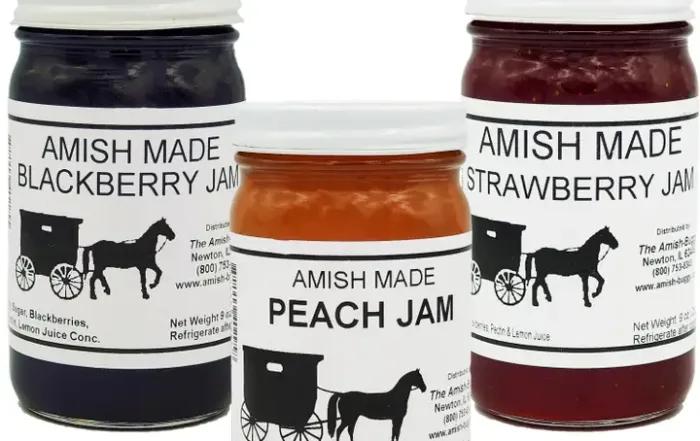
Latest Blogs
Freezing fudge is a fantastic way to extend its shelf life while maintaining its delicious flavors and textures. Whether you’re a confectionery enthusiast or simply looking to store your homemade treats effectively, understanding the nuances of freezing, storage, and thawing is key. Let’s dive into the intricacies of preserving fudge through freezing.
Understanding Fudge and Freezing
Fudge, a creamy and rich sweet treat, is traditionally made from sugar, butter, and milk or cream. Its unique texture, which balances between soft and firm, makes it a favorite for many. When it comes to preserving it, freezing emerges as a viable option.
The Process of Freezing Fudge
Freezing is a method that involves turning the liquid components in fudge into solid by exposing them to low temperatures. This process halts the growth of bacteria, thereby extending the shelf life of the fudge. Properly frozen fudge can last for months, retaining most of its original taste and texture.
Storage and Shelf Life
The storage method you choose for your fudge before and after freezing is crucial. To prevent freezer burn and contamination, fudge should be wrapped in wax paper and then placed in an airtight container or heavy-duty freezer bag. This packaging ensures that the fudge maintains its moisture content and quality.
The shelf life of frozen fudge typically ranges from three to six months. However, this can vary based on factors like the ingredients used and the specific storage conditions.
Texture and Quality Preservation
One of the primary concerns when freezing fudge is the potential change in its texture. Freezing can sometimes alter the moisture content of fudge, leading to changes in its consistency upon thawing. The good news is that high-quality fudge, when frozen correctly, can retain its delightful creamy texture.
Thawing Fudge
Thawing is an essential process in enjoying your frozen fudge. It’s best to thaw frozen fudge slowly in the refrigerator to prevent any sudden changes in texture. Once thawed, the fudge can be kept at room temperature and should be consumed within a week for the best quality.
Food Safety Considerations
Food safety is paramount when it comes to freezing and thawing fudge. Ensuring that the fudge is stored at the correct freezing temperatures is essential to prevent any foodborne illnesses. Moreover, once thawed, fudge should not be refrozen, as this can compromise its safety and quality.
Conclusion
In conclusion, freezing fudge is a practical and effective way to extend its enjoyment. By paying attention to the details of freezing, storage, texture preservation, and thawing, you can ensure that your fudge remains as delectable as the day it was made. Remember, the key to successful freezing lies in the quality of the fudge and the care taken in its preservation. So, go ahead and savor your favorite treat anytime by mastering the art of freezing fudge!







